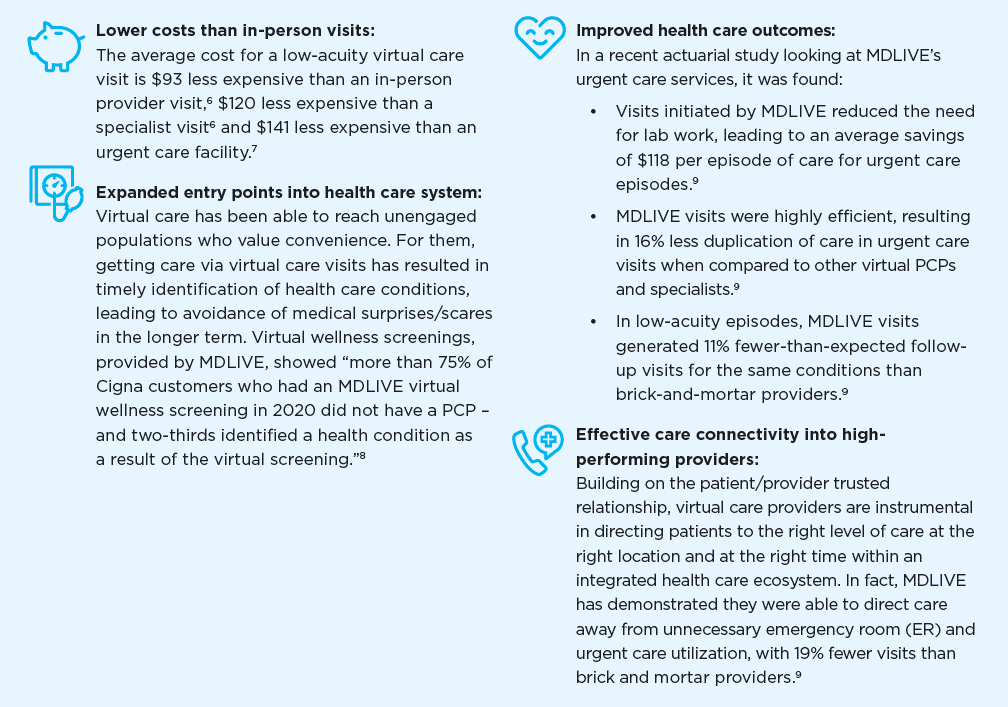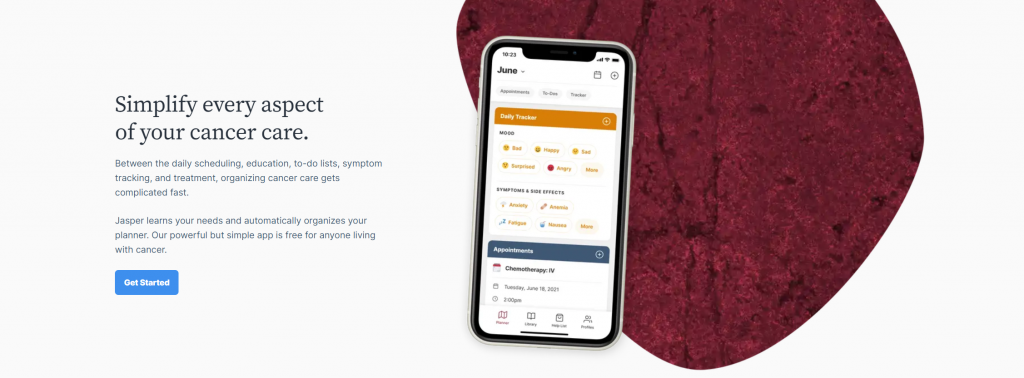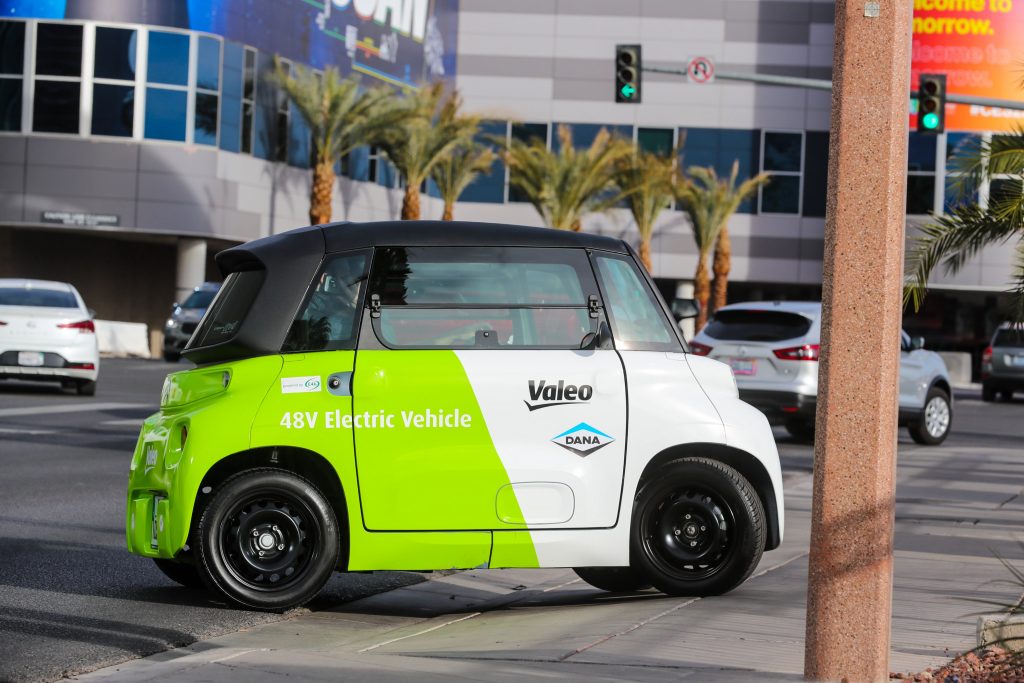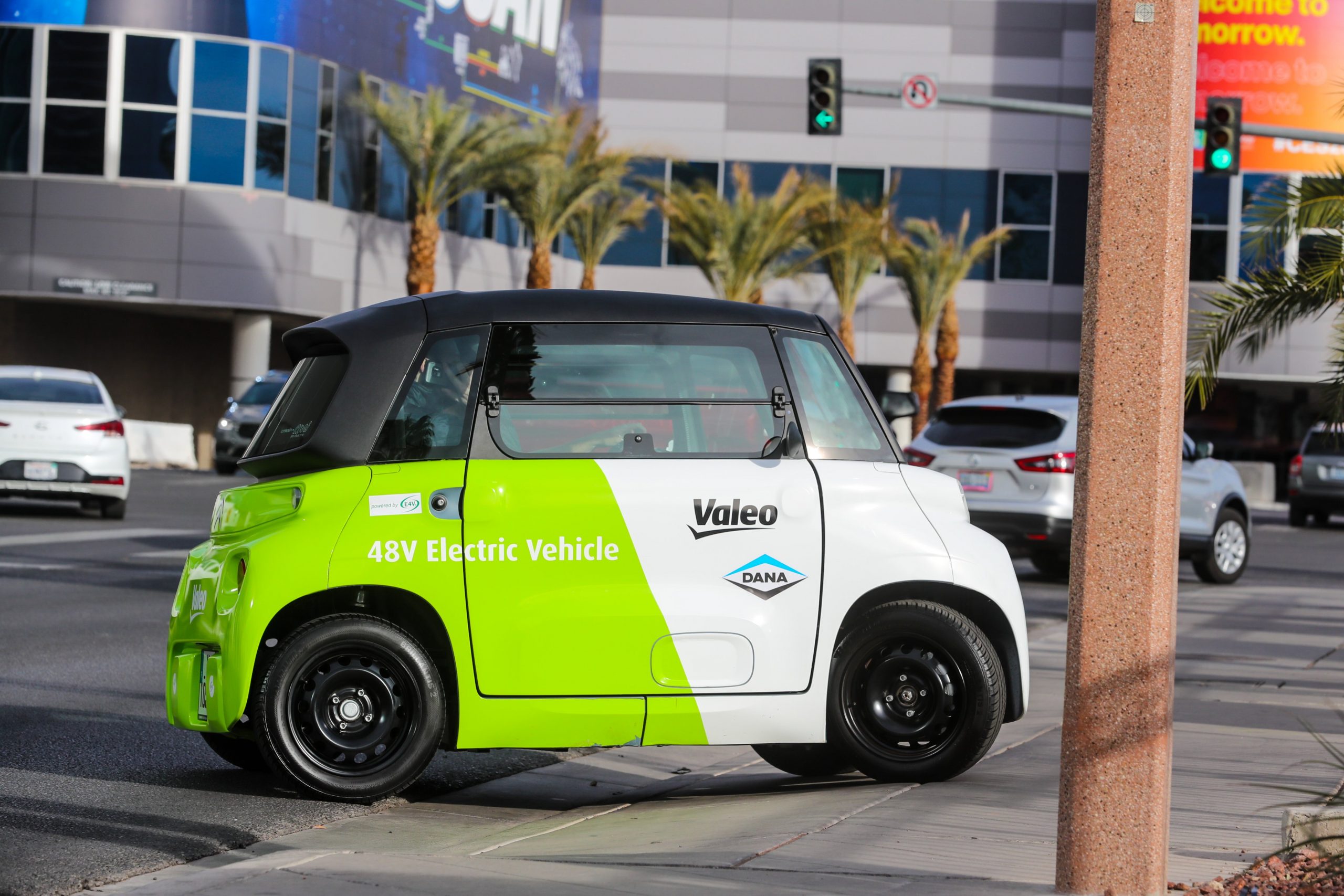A new study from CIGNA and its subsidiary MDLive touts the cost-effectiveness of telehealth to improve health outcomes, reducing the need for unnecessary lab work, reducing duplication of care, and connecting patients with high-performing providers.
 It is expected that one in three patient visits will be virtual, CIGNA quotes from an Accenture forecast. As more consumers used telehealth channels during the early phase of the COVID-19 pandemic, patients experienced virtual care. For many people, these visits matched or exceeded expectations compared with in-person encounters with clinicians, as well as satisfying on convenience and access values.
It is expected that one in three patient visits will be virtual, CIGNA quotes from an Accenture forecast. As more consumers used telehealth channels during the early phase of the COVID-19 pandemic, patients experienced virtual care. For many people, these visits matched or exceeded expectations compared with in-person encounters with clinicians, as well as satisfying on convenience and access values.
How will virtual care play out in 2022? We have some early data points we can weave into the answer to this question. Two big conferences that kicked off 2022, CES and JPMorgan, provide some of these points to consider.
TIME magazine’s coverage of how CES featured telehealth covered four stories including Abbott’s Neurosphere, Jasper Health’s oncology platform, EarlySense InSight at Home, and BioIntelliSense biosticker and biobutton devices for remote patient monitoring. Together, these examples spanned the continuum of care from home, self-care and aging to acute and specialty care.
 “At CES, companies make the case that telehealth can actually work, ” TIME observed. Note that this is in a mainstream news publication and not an assertion made in a clinical or medical trade journal.
“At CES, companies make the case that telehealth can actually work, ” TIME observed. Note that this is in a mainstream news publication and not an assertion made in a clinical or medical trade journal.
Next, consider some up-to-the-minute health consumer survey data from Parks Associates which convened their annual CONNECTIONS Summit at CES 2022. Their research shows growing demand for connected solutions for air quality, telehealth, independent living solutions, and other health-adjacent services:
- Consumer usage of telehealth services increased from 15 percent in Q2 2019 to 64 percent in 2021
- 55 percent of U.S. broadband households owned a connected health device, and 25 percent owned a connected medical device
- 73 percent of U,S, caregivers would likely buy an independent living solution for their loved one
- Nearly one-half of U.S. broadband households had a health condition sensitive to indoor air quality, and one-third of U.S. broadband households was concerned about their home’s air quality.
Kudos to Parks Associates for their including the caregiver lens on digital health at-home: adult children are collaborators in their parents’ and loved ones’ home/care strategies and purchases, both as influencers as family payers.
Consider, then, that CES awarded OMRON Healthcare‘s remote patient monitoring services a “Best of” Honoree. For some context, OMRON is one of the world’s largest suppliers of consumer-purchased blood pressure monitors that everyday people use at home for daily monitoring of hypertension. The company’s mission and public health mantra is “Going for Zero” heart attacks and strokes. CES recognized OMRON’s U.S. VitalSight program for remote health monitoring along with growing telehealth services in the U.K. (Hypertension Plus) and Singapore (HeartVoice). A breakthrough of this telehealth service is that the home does not need a Wi-Fi connection — the VitalSight hub is embedded with its own cellular connection, which helps close the digital gap between those patients lacking broadband connectivity at home. Here’s how it works as a “plug and play” system streamlined for consumers’ use.
As the home continues to morph into our self-care hubs for well-being and medical care, LG’s alliance with Independa, announced during CES, also expands the virtual care landscape through the TV set. Independa has been at the home health monitoring game for over ten years, so the organization well understands the business and now, the post-pandemic opportunity to scale. They have worked through the TV for years, and with LG, has a smart TV partner that will enable video conversations between consumers and caregivers, clinicians or service providers such as dental, pharmacy, and fitness channels, among others.
 Finally, I’ve been tracking the automobile as a mobile health (and essentially virtual care) platform for many years. Maybe because you can’t take the Detroit out of the girl (homage to my birthplace)? A bit, but not the only reason: for many people, the car will become a third space for health. I’ve tracked growing evidence of this over more than ten years attending CES, and this year we saw more auto-health innovations. At their CES press conference, Valeo Deputy CEO Christophe Perillat said that the objective was to re-imagine the car as “a sort of health cocoon.” They discussed air quality initiatives, and other car suppliers like Bosch and Gentex launched programs to improve drivers’ visual acuity and children’s safety.
Finally, I’ve been tracking the automobile as a mobile health (and essentially virtual care) platform for many years. Maybe because you can’t take the Detroit out of the girl (homage to my birthplace)? A bit, but not the only reason: for many people, the car will become a third space for health. I’ve tracked growing evidence of this over more than ten years attending CES, and this year we saw more auto-health innovations. At their CES press conference, Valeo Deputy CEO Christophe Perillat said that the objective was to re-imagine the car as “a sort of health cocoon.” They discussed air quality initiatives, and other car suppliers like Bosch and Gentex launched programs to improve drivers’ visual acuity and children’s safety.
To ensure the continued growth of cost-effective, quality telehealth services, a coalition of diverse stakeholders came together early in the year to support virtual care for all. The Telehealth Equity Coalition brought together the American Psychological Association, American Telemedicine Association, BlackDoctor.org, Grapevine Health, Health Innovation Alliance, Hims & Hers, Howard University Department of Community and Family Medicine, MomentMD, NDIA, National Health IT Collaboration, National Multiple Sclerosis Society, and Smith Direct Care.
Finally, doubling down on virtual health’s potential to address health disparities and build greater health equity, the Consumer Technology Association (CTA, the convener of CES) is collaborating with the Connected Health Initiative calling out recognizing the role that digital health can play to make health care services more accessible and equitable.
Health Populi’s Hot Points: As we work together to foster the cost-effective, accessible, and equitable growth of virtual care for all, this AMA perspective gets the nuance just-right: it’s titled, “In 2022, moving beyond telehealth to digitally enabled care.”
Here is Meg Barron, AMA’s VP of Digital Health Strategy, explaining what that means in this video…





 I am so grateful to Tom Lawry for asking me to pen the foreword for his book, Health Care Nation,
I am so grateful to Tom Lawry for asking me to pen the foreword for his book, Health Care Nation,  I love sharing perspectives on what's shaping the future of health care, and appreciate the opportunity to be collaborating once again with Duke Corporate Education and a global client on 6th May. We'll be addressing some key pillars to consider in scenario planning such as growing consumerism in health care, technology (from AI to telehealth), climate change, and trust -- the key enabler for health engagement or dis-engagement and mis-information. I'm grateful to be affiliated with the corporate education provider
I love sharing perspectives on what's shaping the future of health care, and appreciate the opportunity to be collaborating once again with Duke Corporate Education and a global client on 6th May. We'll be addressing some key pillars to consider in scenario planning such as growing consumerism in health care, technology (from AI to telehealth), climate change, and trust -- the key enabler for health engagement or dis-engagement and mis-information. I'm grateful to be affiliated with the corporate education provider  Thank you FeedSpot for
Thank you FeedSpot for